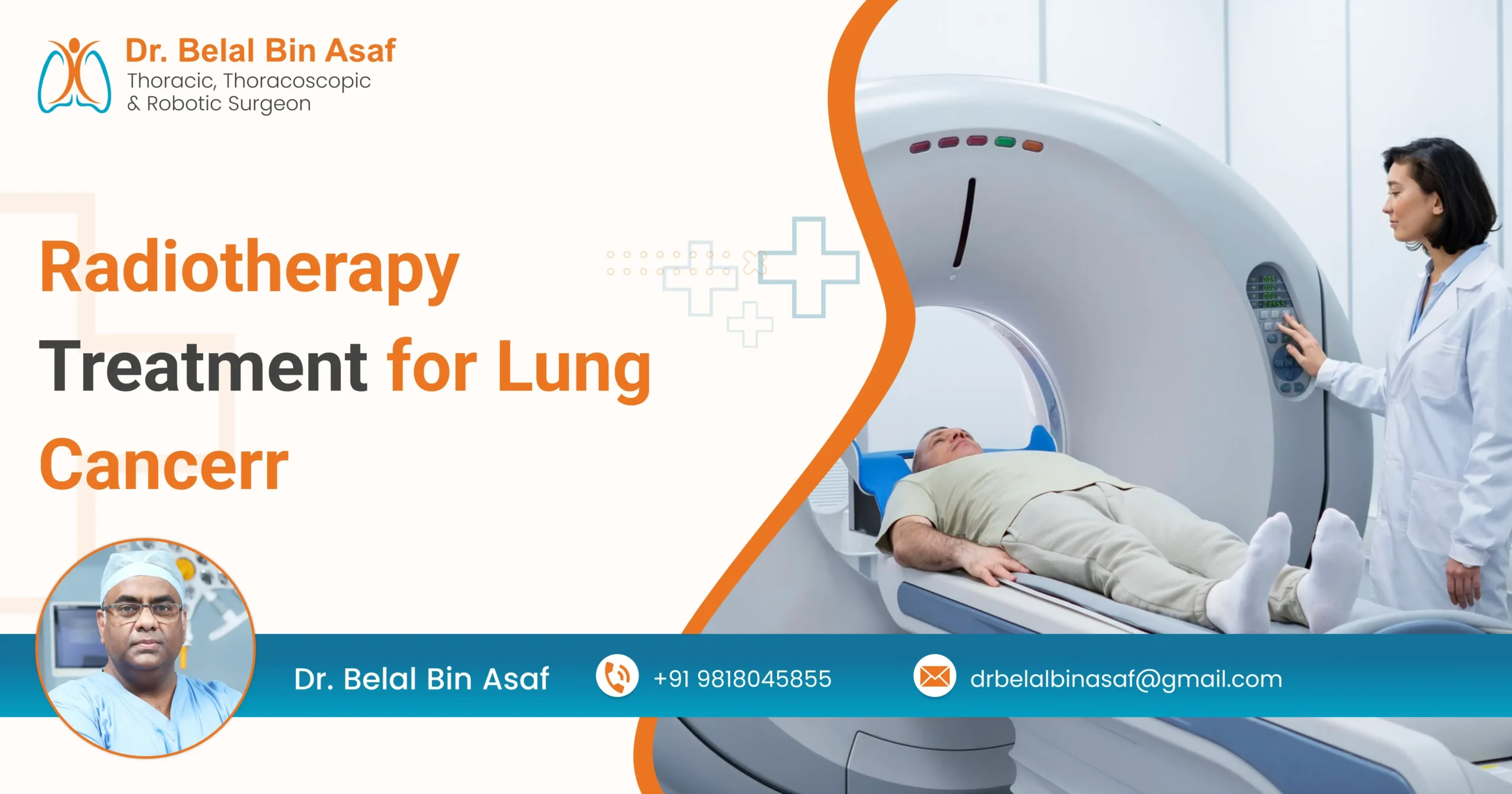Lung cancer remains one of the leading causes of cancer-related deaths worldwide, but advances in treatment have significantly improved outcomes and quality of life for many patients. One such advancement is radiotherapy, a powerful tool that uses high-energy radiation to destroy cancer cells. Whether used to cure, control, or ease symptoms of lung cancer, radiotherapy offers hope for patients at various stages of the disease.
In this blog, we’ll break down how radiotherapy works, the different types available, when it is used, what to expect during treatment, potential side effects, and commonly asked questions.
Contents
- 1 What Is Radiotherapy and How Does It Work?
- 2 What Are the Different Types of Radiotherapy for Lung Cancer?
- 3 When Is Radiotherapy Used in Lung Cancer Treatment?
- 4 What Is the Radiotherapy Treatment Process Like?
- 5 What Are the Potential Side Effects of Lung Cancer Radiotherapy?
- 6 What Are the Benefits of Radiotherapy for Lung Cancer?
- 7 Conclusion
- 8 FAQs
What Is Radiotherapy and How Does It Work?
Radiotherapy uses precisely targeted radiation to damage the DNA inside cancer cells, preventing them from growing and dividing. Over time, these cells die and are naturally removed by the body. The surrounding healthy tissues may also be affected, but they typically recover better than cancer cells.
Radiation can be delivered in two main ways:













 +91-9818045855
+91-9818045855
